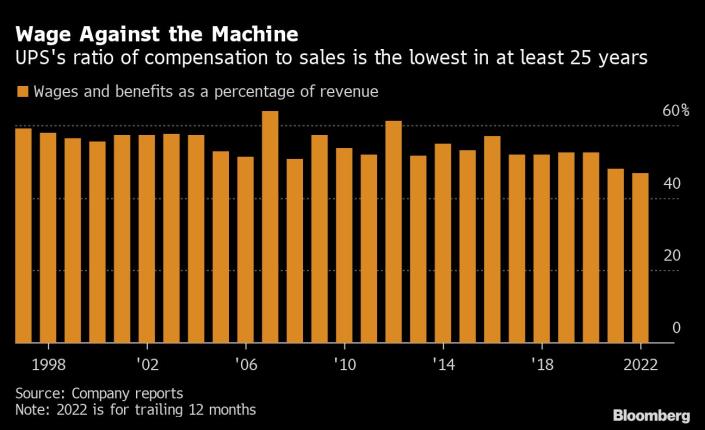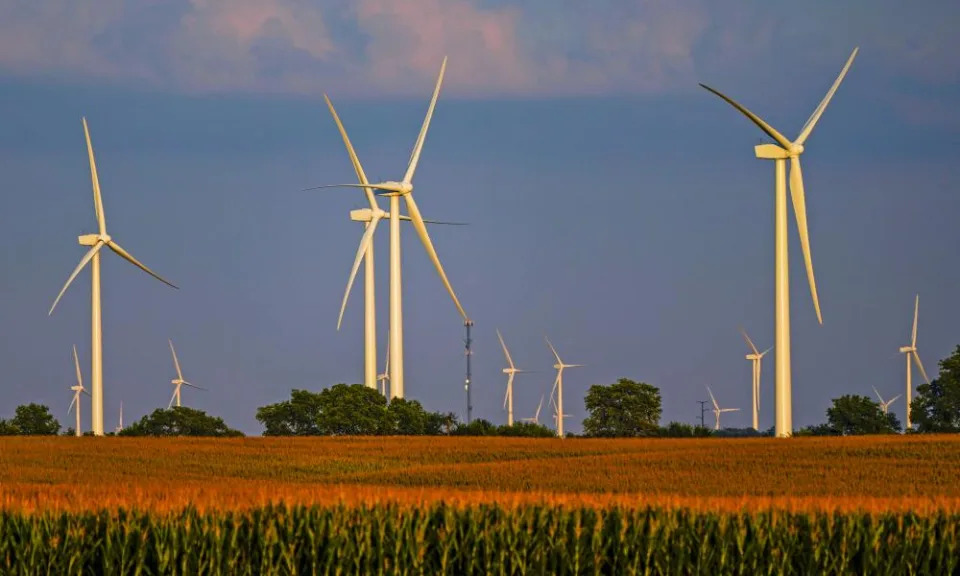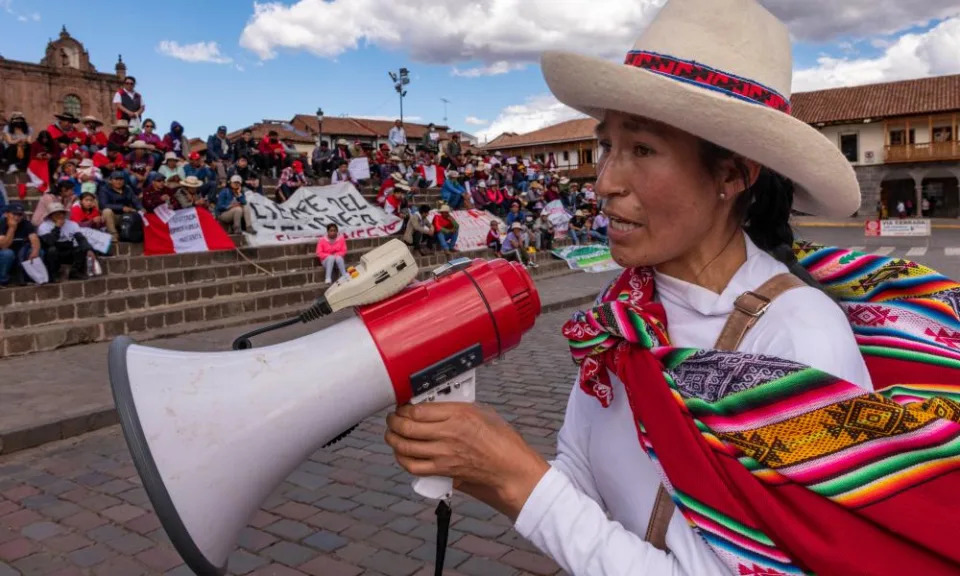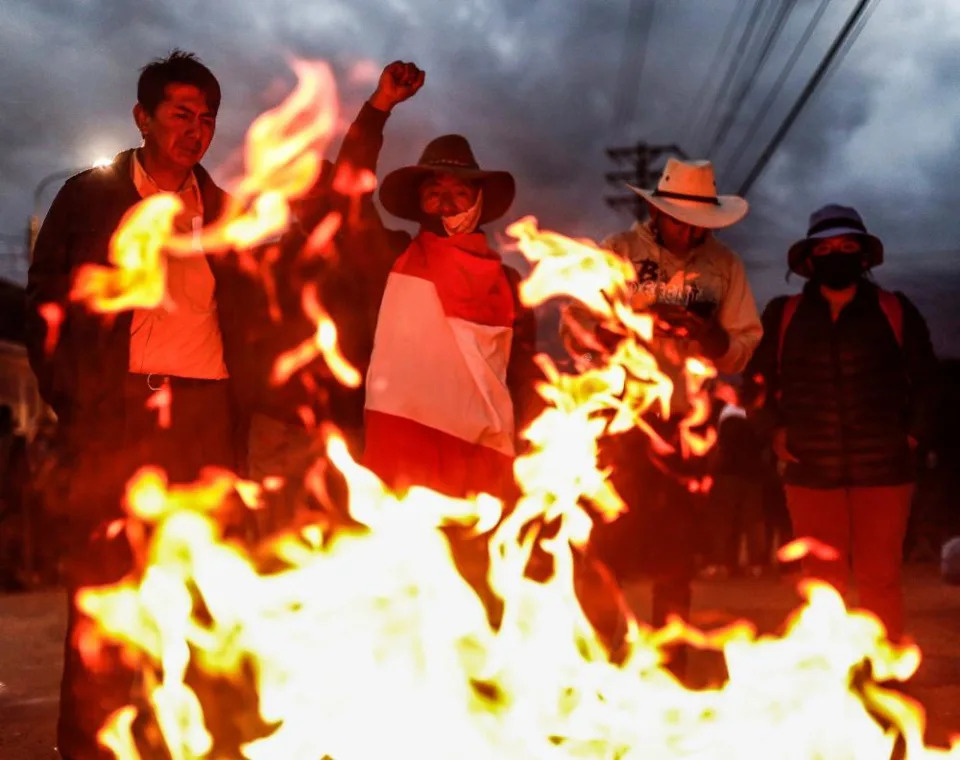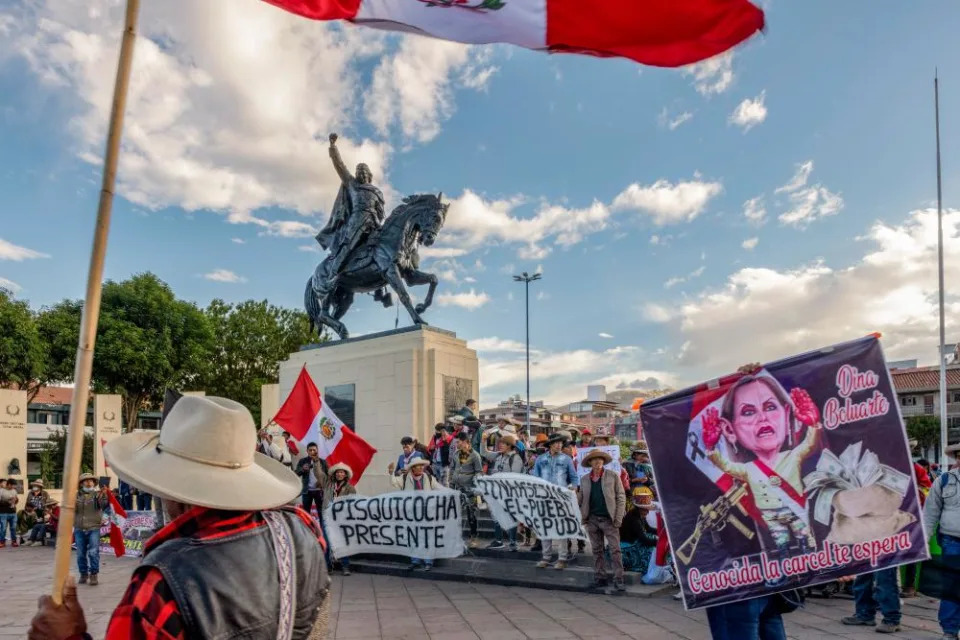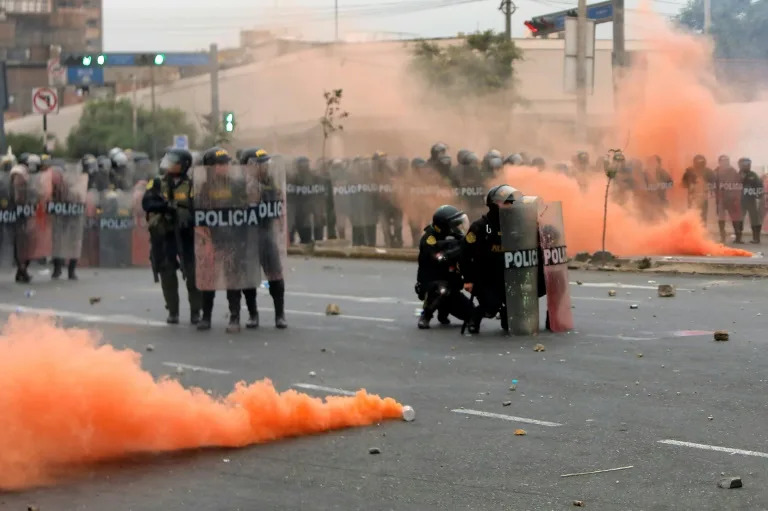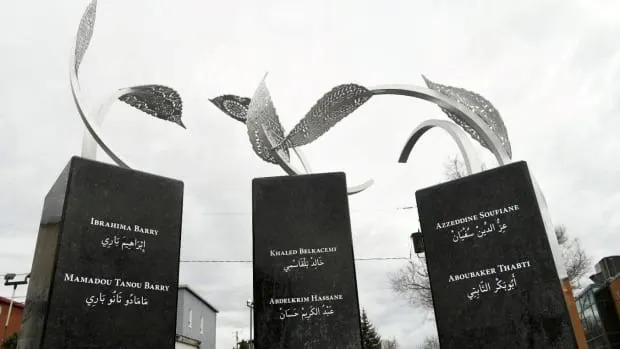CRYPTO CRIMINAL CAPITALI$M
Celsius bankruptcy examiner expected to report on Ponzi allegations
Mashinsky, CEO of Celsius Network, talks about "crypto tourists" in Beverly Hills, California
Mon, January 30, 2023
By Dietrich Knauth
(Reuters) - A court-ordered examiner is expected to release a report on Monday addressing whether bankrupt crypto firm Celsius Network operated as a Ponzi scheme, which could add to the pressure on founder Alex Mashinsky, who is already facing fraud allegations.
U.S. Bankruptcy Judge Martin Glenn, who is overseeing the crypto lending platform's Chapter 11 case, appointed former prosecutor Shoba Pillay as an independent examiner in September, tasking her with investigating Celsius customers' allegations that the company operated as a Ponzi scheme and reporting on the company's handling of cryptocurrency deposits.
Hoboken, New Jersey-based Celsius filed for Chapter 11 protection from creditors last July in Manhattan after freezing customer withdrawals from its platform. It listed a $1.19 billion deficit on its balance sheet.
Celsius had consented to an examiner's review after reaching a deal that scaled back a wide-ranging investigation proposed by the U.S. Department of Justice's bankruptcy watchdog and state securities regulators from Texas, Vermont and Wisconsin.
After appointing Pillay to the job, Glenn expanded her role by asking her to address persistent customer complaints about Mashinsky's conduct.
Mashinsky was sued earlier this month by New York Attorney General Letitia James, who alleged that he defrauded investors out of billions of dollars in digital currency by concealing the lending platform's failing health.
A lawyer for Mashinsky did not immediately respond to a request for comment, but has said previously that his client denies the allegations and looks forward to vigorously defending himself in court. A spokesperson for Celsius did not immediately respond for comment.
Mashinsky, 57, is an entrepreneur who founded companies like Arbinet, which went public in 2004, and Transit Wireless, which provides wi-fi service to the New York City subway.
In hundreds of interviews, blog posts and livestreams as the public face of Celsius, Mashinsky promised its customers that they would receive high returns if they deposited digital assets on his platform, with minimal risk, according to the New York AG's lawsuit.
Bankruptcy examiners can provide courts, judges and creditors with an impartial look into the failures of a bankrupt company, but their cost is a frequent source of controversy when limited funds are available to pay existing debts.
Crypto exchange FTX, which went bankrupt in November, has resisted calls for an examiner in its own Chapter 11 case, citing the cost of overlapping investigations.
FTX CEO John Ray, who worked with examiners in the bankruptcies of Enron and Residential Capital, said in a court filing that examiner reports in those two bankruptcies cost a combined $150 million and provided "minimal" benefits to creditors.
Pillay and her team have sought to be paid $1.86 million for work performed in October and $1.69 million for November, according to court filings.
(Reporting by Dietrich Knauth, Editing by Alexia Garamfalvi and Deepa Babington)

Katie Greifeld and Vildana Hajric
Mon, January 30, 2023
(Bloomberg) -- Digital-asset manager Osprey Funds is the latest firm to file a lawsuit against rival Grayscale Investments over its nearly $15 billion Bitcoin fund.
Osprey accused Grayscale of conducting “false and misleading advertising” for the Grayscale Bitcoin Trust (ticker GBTC) since late 2020, according to a complaint filed Monday in Connecticut Superior Court. Grayscale presented that GBTC would be converted into an exchange-traded fund as “foregone conclusion, when it knew that access was never likely to happen,” the suit read. US regulators denied Grayscale’s application for ETF conversion in June, prompting the firm to sue the Securities and Exchange Commission.
Because of those “unfair trade practices,” Osprey alleges that Grayscale has been able to conquer 99.5% of assets in trust-based crypto products despite the fact that GBTC’s fee is four times higher than a similar offering from Osprey. Fairfield, Connecticut-based Osprey manages about $100 million in assets.
“The lawsuit filed by Osprey Funds against Grayscale Investments is frivolous. The conversion of GBTC to an ETF is the best long-term product structure for Grayscale’s investors, and approval of a spot Bitcoin ETF would directly benefit our industry peers. At Grayscale, we remain confident in our common sense, compelling legal arguments, and we look forward to a final decision from the DC Court of Appeals by Fall 2023,” according to a Grayscale spokeswoman.
GBTC launched in 2013 versus Osprey’s Bitcoin trust, which was created in 2019.
Osprey had previously called out GBTC’s deep discount — currently around 41% — announcing earlier in January that it was looking to be installed as the sponsor of the beleaguered product in order to spur changes that could help narrow that gap. It also said at the time that were it in charge, it would reduce GBTC’s management fee from its current 2% tag.
But GBTC has come under fire on numerous other fronts, thanks to its trading at a discount, as well as due to troubles at its parent company, Digital Currency Group, whose Genesis lending unit recently filed for bankruptcy. Hedge fund Fir Tree filed a lawsuit against the asset manager related to GBTC’s discount, while Valkyrie launched an activist campaign to unseat Grayscale.
Osprey said in Monday’s filing that “through various unfair and deceptive devices, Grayscale has promoted itself and its sponsored trusts, including the Grayscale Bitcoin Trust, by suggesting that their services provide access to investment opportunities that are safer and less susceptible to risk than they actually are.”

